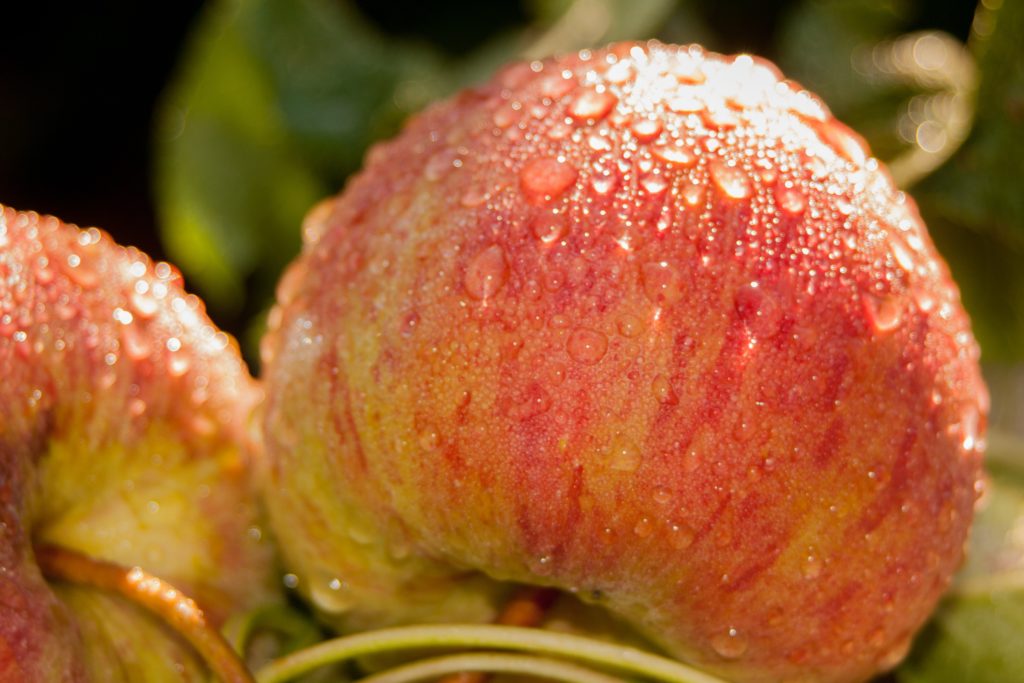
Composed of fatty acids linked to glycerol, mono- and diglycerides belong to the family of glycerides. Triglycerides (the fats and oils that make up our dietary fat sources) are naturally metabolized by enzymes in our bodies to form mono- and diglycerides and individual fatty acids. There is also evidence that mono- and diglycerides may be formed during the preparation of certain foods. Therefore, mono- and diglycerides are considered a type of lipid or fat source.
Mono- and diglycerides may be manufactured through the reaction of plant- or animal-derived fatty acids with glycerol, or via the breakdown of plant- or animal-derived fats and oils. Natural sources of fatty acids and mono- and diglycerides include: plant oils such as soybean, grapeseed, canola, sunflower, cottonseed, coconut, and palm oil; plant pomace such as grape pomace or tomato pomace; as well as some animal fats.
Mono- and diglycerides have an extensive history of production and use, allowing for more economical production with greater purity and more consistent quality. Most importantly, regardless of source or how they are produced, mono- and diglycerides are subject to the same strict food safety standards applied to the production of all foods.
